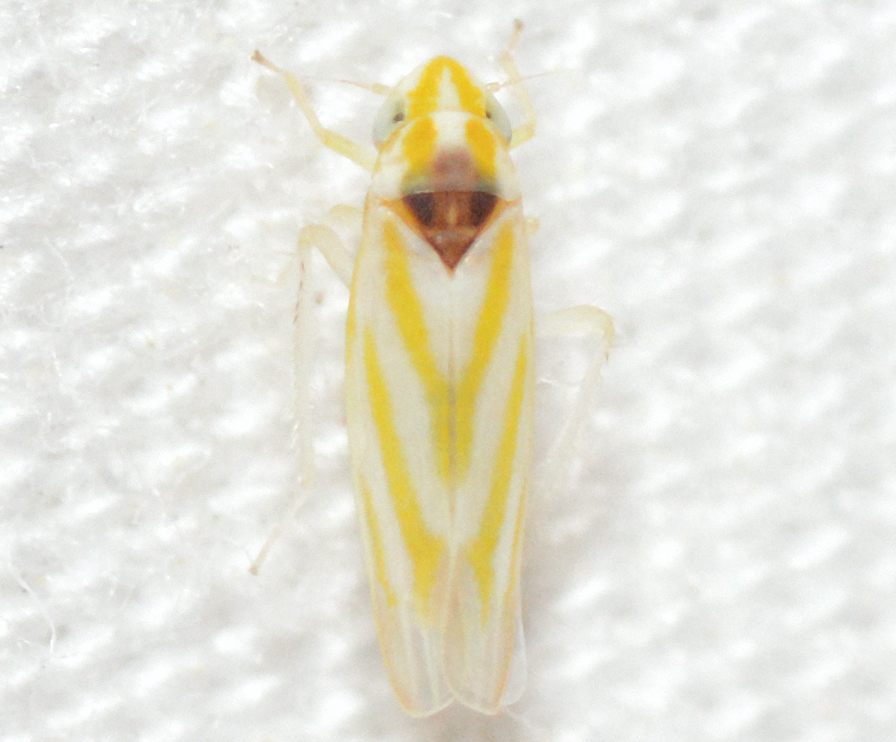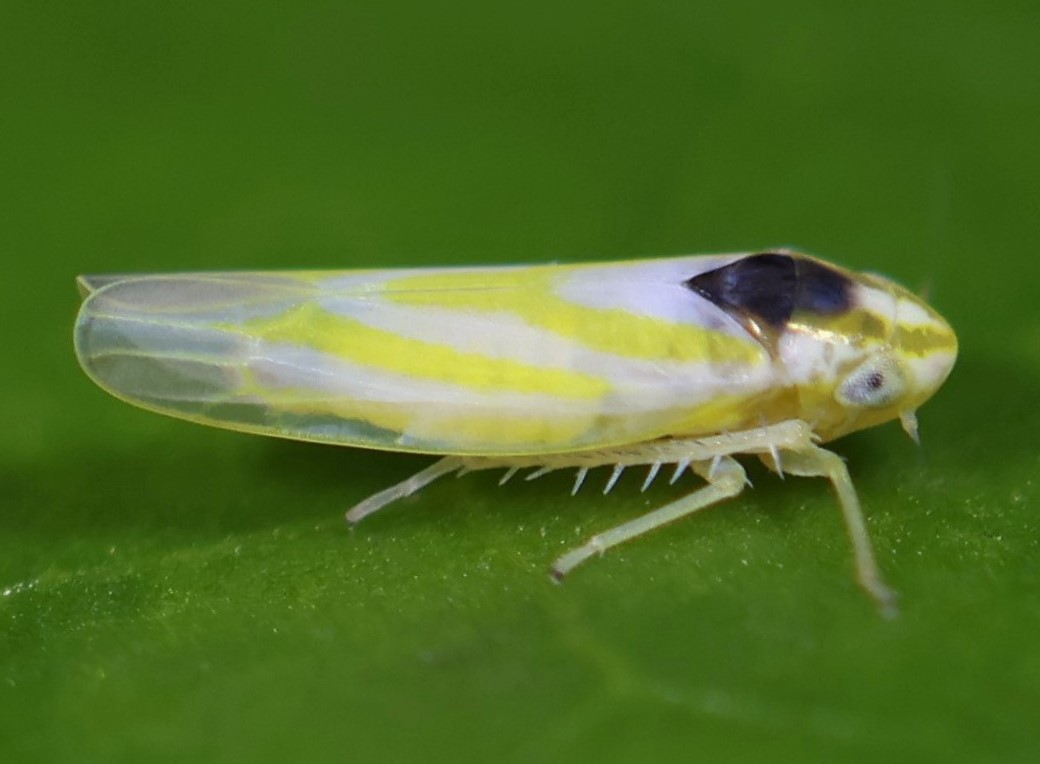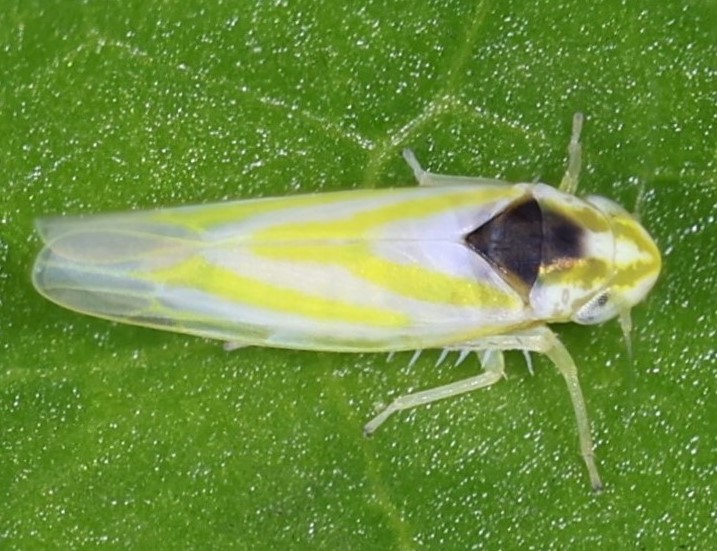| description |
This species has typical coloration for the genus, with bold red lines on the wings, thorax, and head. However, the mesonotum is typically a dark brownish color. The scutellum in particular is dark, being a dark chestnut to reddish-brown color overall with blacker lateral angles; sometimes, the scutellum has a pale midline, resulting in a dark V-shape (var. parma). The dark mesonotum is visible through the pronotum, giving this species a dark looking thorax. Color variety 'parma' has a reddish "V" for the scutellum, with two small black marks confined to the upper angles of the lateral triangles. The face is pale, as is the thorax except for the mesosternum on the underside which is dark; the abdomen is pale dorsally. Adults are 2.9 to 3.3 mm long. (Dmitriev & Dietrich, 2009)
For more images of this species, see: BG. |
| comments |
This is one of several species that have a dark scutellum, and therefore it could be confused with others. These species with a dark scutellum, in order from most to least dark, are: pfrimmeri (BG), penenoeva (BG), noeva (BG), and aspera. E. pfrimmeri and penenoeva have completely dark scutellums, but in the former the scutellum is blackish whereas in the latter it tends to be a dark chestnut-brown color. Additionally, the black mesonotum is visible through the pronotum in pfrimmeri; in penenoeva, the mesonotum does not appear through as dark. E. noeva has a chestnut to reddish-brown scutellum that has dark lateral triangles, contrasting with the black scutellum of pfrimmeri, but like pfrimmeri the dark mesonotum shows through the pronotum. While the scutellum coloration may be similar between E. noeva and E. penenoeva, besides the previously stated differences in the mesonotum being visible through the pronotum, noeva seems to lack small black dots or smudges near the apical veins, whereas penenoeva can have these spots. E. aspera has a brown to dark brown scutellum, and in var. 'kanensis' the upper apical cell of each wing is dark. Finally, E. noeva has a pale abdomen dorsally, whereas the other three species have dark abdomens dorsally. |
Species Photo Gallery for Erythridula noeva No Common Name |
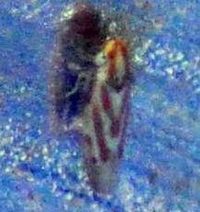 | Photo by: Kyle Kittelberger
Wake Co.
Comment: mixed hardwood forest habitat; var. parma | 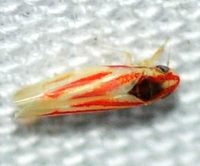 | Photo by: Kyle Kittelberger
Wake Co.
Comment: mixed hardwood forest; a very rare species, and more sexually mature individual |
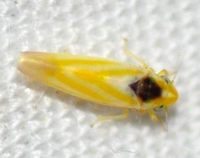 | Photo by: Kyle Kittelberger
Wake Co.
Comment: mixed hardwood forest habitat; a very rare species | 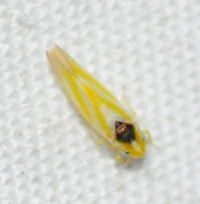 | Photo by: Kyle Kittelberger
Wake Co.
Comment: mixed hardwood forest habitat; a young individual due to the yellow color |
 | Photo by: Bockhahn, Scharf
Burke Co.
Comment: LAJA - 2014 BioBlitz Attracted to Black Light | 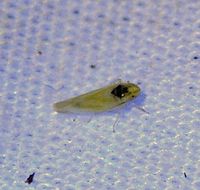 | Photo by: Bockhahn, Scharf
Burke Co.
Comment: LAJA - 2014 BioBlitz Attracted to Black Light |
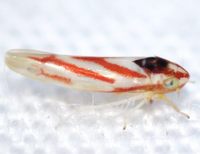 | Photo by: Kyle Kittelberger
Wake Co.
Comment: near mixed hardwood forest |  | Photo by: Kyle Kittelberger
Wake Co.
Comment: near mixed hardwood forest |
 | Photo by: Scott Bolick
Forsyth Co.
Comment: | 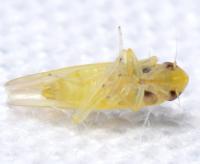 | Photo by: Kyle Kittelberger
Wake Co.
Comment: male |
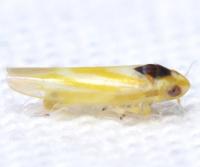 | Photo by: Kyle Kittelberger
Wake Co.
Comment: male | 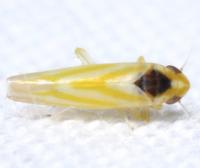 | Photo by: Kyle Kittelberger
Wake Co.
Comment: male |
 | Photo by: Ken Kneidel
Mecklenburg Co.
Comment: 2.9 mm female, stuck in Tanglefoot on a tree band on an oak tree | 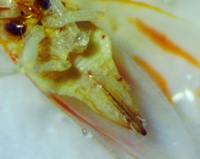 | Photo by: Ken Kneidel
Mecklenburg Co.
Comment: 2.9 mm female, stuck in Tanglefoot on a tree band on an oak tree |
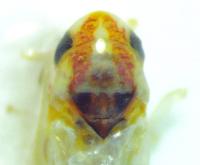 | Photo by: Ken Kneidel
Mecklenburg Co.
Comment: 2.9 mm female, stuck in Tanglefoot on a tree band on an oak tree | 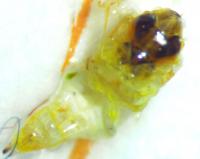 | Photo by: Ken Kneidel
Mecklenburg Co.
Comment: 2.9 mm female, stuck in Tanglefoot on a tree band on an oak tree |
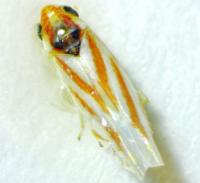 | Photo by: Ken Kneidel
Mecklenburg Co.
Comment: 2.9 mm female, stuck in Tanglefoot on a tree band on an oak tree | 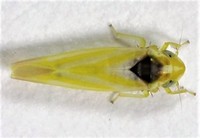 | Photo by: Rob Van Epps
Mecklenburg Co.
Comment: Attracted to UV light. Yard near woods. |
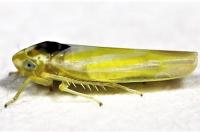 | Photo by: Rob Van Epps
Mecklenburg Co.
Comment: Attracted to UV light. Yard near woods. | 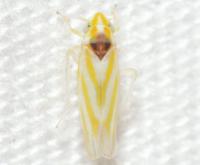 | Photo by: Kyle Kittelberger
Wake Co.
Comment: mixed hardwood forest; female |
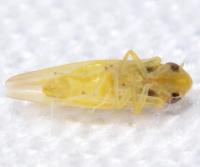 | Photo by: Kyle Kittelberger
Wake Co.
Comment: male |  | Photo by: Kyle Kittelberger
Wake Co.
Comment: male |
 | Photo by: Kyle Kittelberger
Wake Co.
Comment: male | 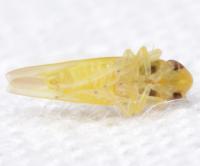 | Photo by: Kyle Kittelberger
Wake Co.
Comment: male |
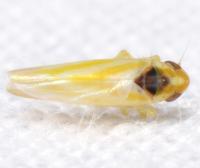 | Photo by: Kyle Kittelberger
Wake Co.
Comment: male |  | Photo by: Scott Bolick
Forsyth Co.
Comment: |
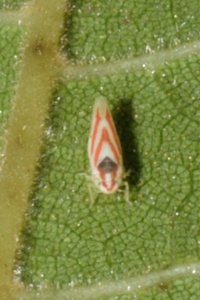 | Photo by: Scott Bolick
Forsyth Co.
Comment: | 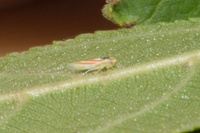 | Photo by: Scott Bolick
Forsyth Co.
Comment: |
 | Photo by: Kyle Kittelberger, Brian Bockhahn
Polk Co.
Comment: male |  | Photo by: Kyle Kittelberger, Brian Bockhahn
Polk Co.
Comment: male |
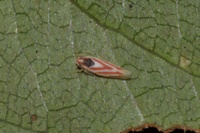 | Photo by: Scott Bolick
Randolph Co.
Comment: | 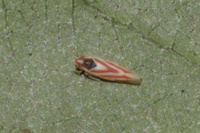 | Photo by: Scott Bolick
Randolph Co.
Comment: |
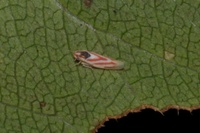 | Photo by: Scott Bolick
Randolph Co.
Comment: | 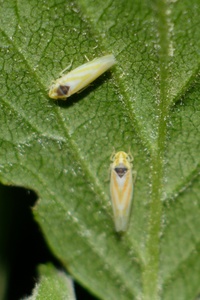 | Photo by: Scott Bolick
Forsyth Co.
Comment: Three Observed, only photo vouchered two |
 | Photo by: Scott Bolick
Randolph Co.
Comment: | 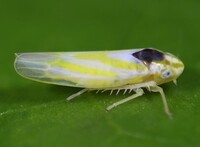 | Photo by: Rob Van Epps
Mecklenburg Co.
Comment: Attracted to UV light. |
 | Photo by: Rob Van Epps
Mecklenburg Co.
Comment: Attracted to UV light. | 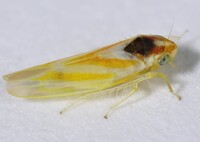 | Photo by: Rob Van Epps
Mecklenburg Co.
Comment: |
 | Photo by: Jim Petranka
Madison Co.
Comment: |

 »
»